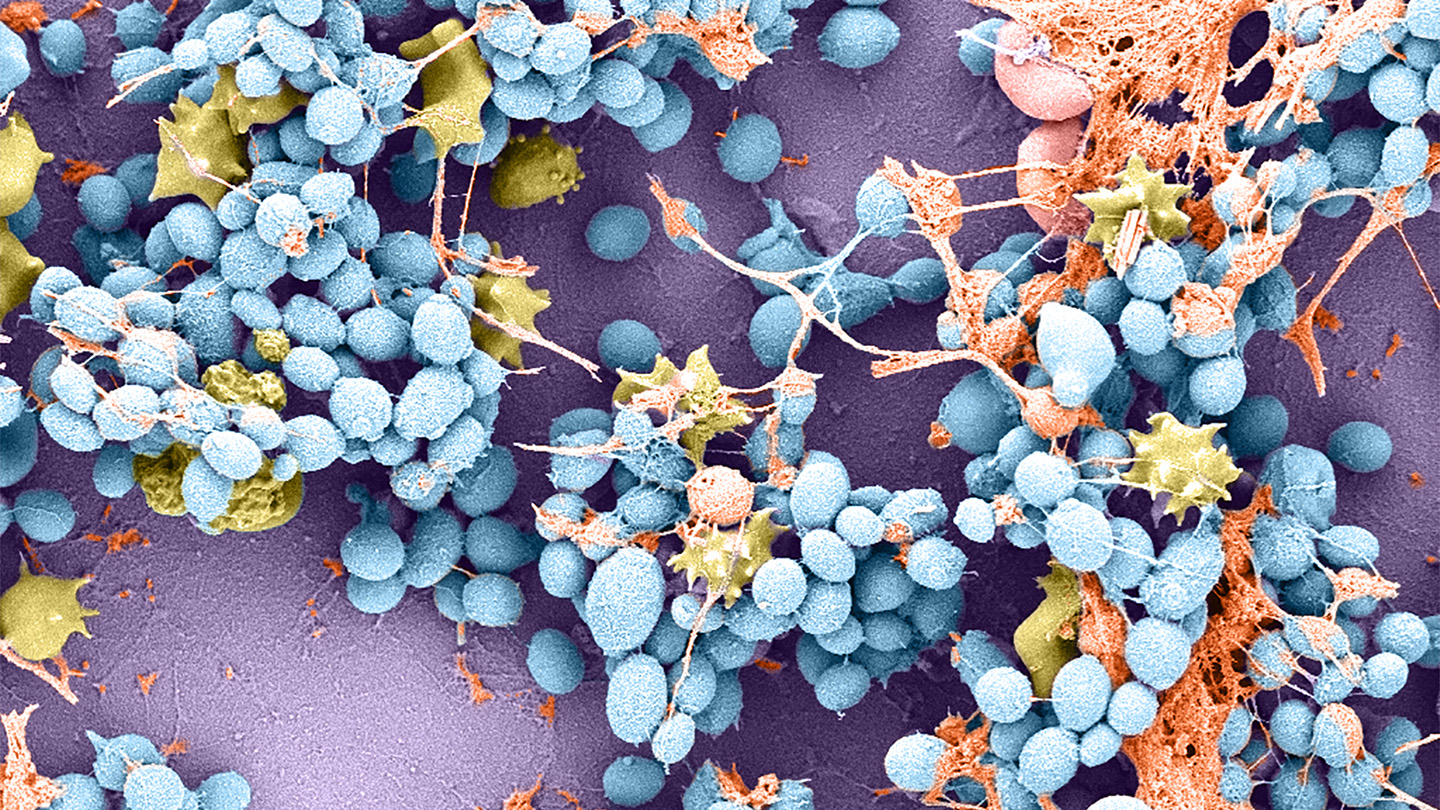Candida auris, a fungus that causes sometimes deadly infections, can adhere to almost any surface.
Santana and colleagues have discovered the mechanism by which the fungi adhere to a wide variety of surfaces. Most fungi produce adhesive proteins that rely on hydrophobic interactions to attach to surfaces. Think of oil and water, says Teresa O’Meara, a microbiologist and geneticist in whose lab Santana works. Oil droplets gather with other oil droplets, while water is attracted to water. Similarly, hydrophobic fungal proteins attach themselves to hydrophobic, or water-repellent, surfaces.
C. auris also has hydrophobic adhesion proteins, but it primarily sticks to surfaces using electrical charges, as reported by the researchers in the Sept. 29 Science. The fungus produces a protein called SCF1, which contains numerous positively charged amino acids. The positive charge creates an attraction with negative charges on surfaces, including skin and medical devices. This is similar to the way barnacles adhere to boats, Santana explains.
The protein enabled the fungus to infect skin samples and colonize catheters in the laboratory, the team discovered. Without SCF1, the fungus was unable to spread in infected mice.
2023-09-28 13:00:00
Link from www.sciencenews.org
